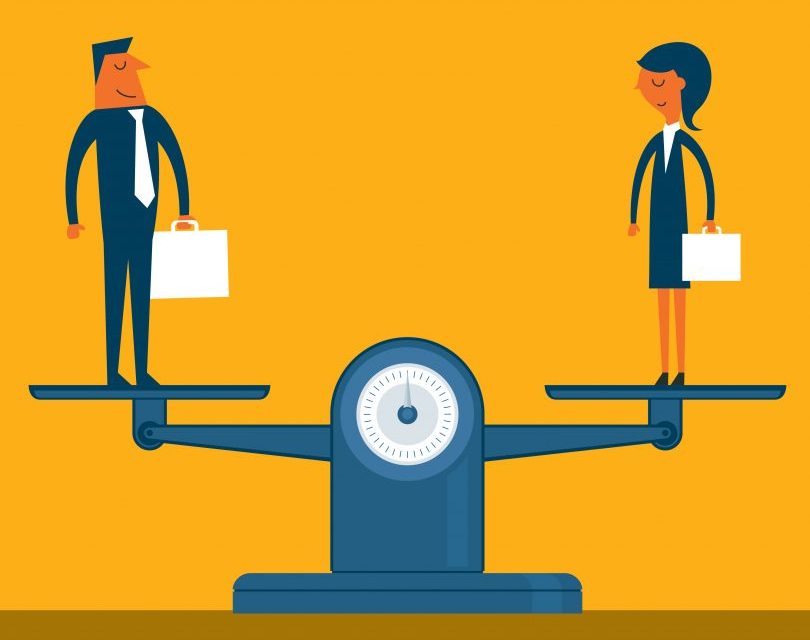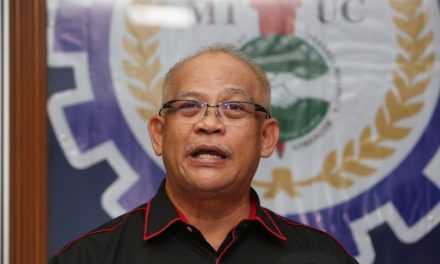Cutting the gap by half would boost global profits by US$3.7 trillion, with a leading potential of US$1.35 trillion in Asia-Pacific, along with workforce ambition and empowerment
KUALA LUMPUR | A significant gap exists between the way leaders and employees in Malaysia view progress toward equality in their organisations, according to new research from Accenture. Closing the gap will yield substantial benefits for companies and their employees.
The report, “Getting to Equal 2020: The Hidden Value of Culture Makers,” which includes research across 28 countries, found that organisations are at an inflection point: Today’s workforce in Malaysia cares increasingly about workplace culture and believes it is critical to helping them thrive in the workplace (reported by 87% of women and 83% of men) and a majority of leaders (69%) believe an inclusive workplace culture is vital to the success of their business.
At the same time, there is a perception gap: Nearly three quarters of leaders (73%) in Malaysia feel they create empowering environments where people have a sense of belonging, yet less than half (46%) of employees in Malaysia agree. Additionally, the proportion of employees who do not feel included in their organisations is 12x higher than leaders believe (2% vs 25%, respectively).
Most leaders in Malaysia also rank diversity and workplace culture low on their list of top organisational priorities. Approximately three-quarters of leaders ranked financial performance and brand recognition and quality at the top of their list of priorities (75% and 78%, respectively), while only 42% ranked diversity and 24% ranked culture at the top.
“Creating a culture of equality must be at the top of the business agenda. It starts with the belief that diversity is not only the right thing to do, but a business imperative that is treated the same as any other strategic priority,” said Julie Sweet, CEO of Accenture. “When a strong, equal workplace culture is prioritised, everyone benefits—and as a result, organisations unlock greater innovation and growth.”
Narrow the gap, accelerate progress
Aligning leaders’ perceptions with those of their employees would yield huge upsides. Everyone—both women and men—would advance faster, and global profits would increase by US$3.7 trillion.
If the gap were closed by half, globally:
- The proportion of women who feel like a key member of their team with real influence over decisions would rise from 1-in-4 to more than 1-in-3.
- The annual retention rate would increase by 5% for women and by 1% for men.
- The proportion of women who aim to reach a leadership position in their organisation would climb by 21%.
In Asia Pacific, it is projected that companies would add US$1.35 trillion in profits with the narrowing of this perception gap.
The research is especially timely for leaders, as employee expectations are only set to increase: It found that a larger percentage of Gen Z is more concerned with workplace culture than Boomers (75% vs. 64%, respectively).
“Prioritising equality starts at the top of the organisation, while closing the perception gap starts on the ground with your people,” said Doriss Chow, managing director and Inclusion & Diversity lead for Accenture in Malaysia. “As part of this year’s International Women’s Day celebrations, we are inviting our people to unlock their highest potential by exploring four empowerment levers – Safe, Seen, Connected and Confident. Involving our people empowers them to own the equality agenda and together with our leaders, build a more equal culture.
The Culture Makers
The report identified a small percentage of leaders—‘Culture Makers’—who are more committed to building equal cultures. These leaders recognise the importance of factors such as pay transparency, family leave and the freedom to be creative in helping employees thrive.
Culture Makers around the world are much more likely to have spoken out on a range of workplace issues, including gender equality (52% vs. 35% of all leaders) and sexual harassment/discrimination (51% vs. 30%). They hold themselves accountable, leading organisations that are nearly twice as likely to have publicly announced a target to hire and retain more women.
While just 6% of leaders surveyed are Culture Makers, they represent a more gender-balanced group compared to the broader group of leaders surveyed (45% women vs 32% of all leaders, respectively). Additionally, a full 68% of them are Millennials, compared to 59% of all leaders. They are more likely to lead organisations where people are advancing, innovative and committed – and their organisations’ profits are nearly three times higher than those of their peers.
Achieving a culture of equality
The report lays out steps to help close perception gaps and drive progress toward a more equal culture that benefits everyone and enables leaders to continuously evolve their strategies to meet changing needs.
The research reaffirms that bold leadership, comprehensive action and an empowering environment are proven anchors for creating a culture of equality:
- Bold Leadership – Leaders must truly believe that culture matters and prioritise it. For example, benchmark progress toward a culture of equality by setting and publishing targets; and reward and recognise leaders and teams on progress. A culture of equality starts at the top.
- Comprehensive Action – Go beyond the data. Leaders should solicit meaningful, continuous dialogue with employees. Consider face-to-face meetings, focus groups, town halls. Additionally, ongoing, real-time conversations with employees help capture feedback and empower leadership to quickly drive change.
- Empowering Environment – Encourage and cultivate Culture Makers. Create opportunities for future Culture Makers to opt-in and take on specific culture-related roles within their organisations and find ways to bring leaders and culture-minded employees together to develop specific, actionable solutions.
Read the global report at: accenture.com/gettingtoequal
Methodology
Building on previous Accenture research that has explored how to build a workplace culture of equality and the benefits for organisations and employees, the report is based on a global survey of more than 30,000 professionals in 28 countries; a survey of more than 1,700 senior executives; and a model that combines employee survey results with published labor force data. Accenture leveraged it’s Getting to Equal research from 2018 and 2019 to create new data and analysis using three steps: quantifying the perception gap, measuring the impact of the perception gap on employee outcomes, and measuring the impact of closing the perception gap.
About Accenture
Accenture is a leading global professional services company, providing a broad range of services in strategy and consulting, interactive, technology and operations, with digital capabilities across all of these services. We combine unmatched experience and specialised capabilities across more than 40 industries – powered by the world’s largest network of Advanced Technology and Intelligent Operations centres. With 505,000 people serving clients in more than 120 countries, Accenture brings continuous innovation to help clients improve their performance and create lasting value across their enterprises. Visit us at www.accenture.com.









